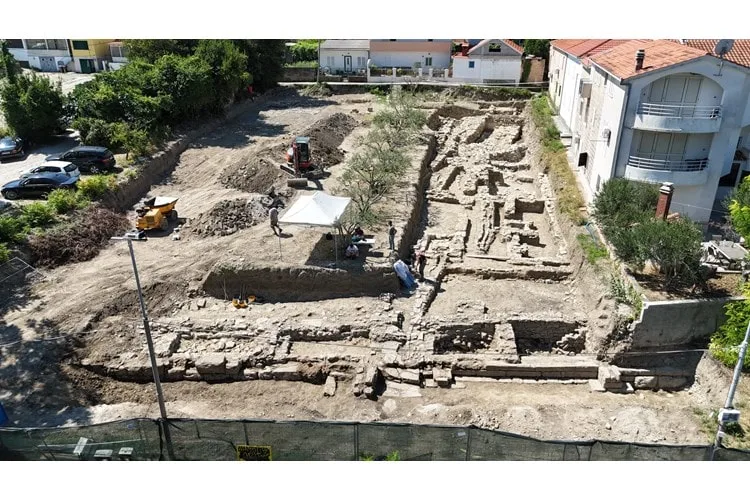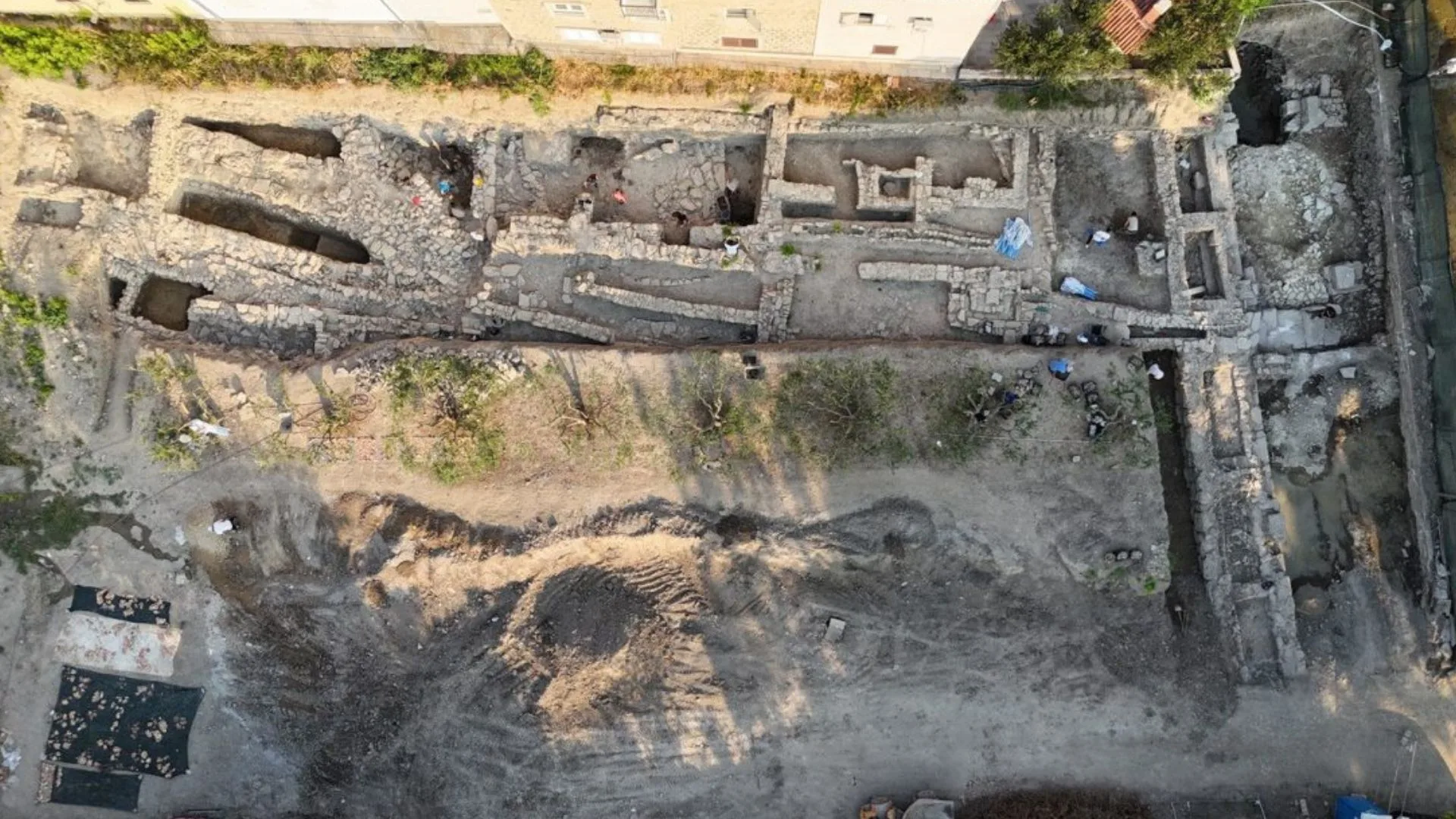Archaeologists have uncovered a 3,500-year-old settlement in Stobreč, a village near Split, Croatia. The discovery includes a well-preserved Greek rampart, stretching over 230 feet, along with structures from various historical periods, providing significant insights into the region’s ancient past, according to arkeonews.net
Located along Croatia’s coast, the excavation took place in an area planned for future construction. Croatia’s Ministry of Culture and Media announced the find, which revealed remains of the ancient settlement of Epetion. The site had been listed as historically important but was largely unresearched in recent decades.
“These findings are extraordinary, particularly the Greek wall, which is about 40 meters long and reaches over three meters deep in some sections,” said archaeologist Dr. Marina Ugarković from the Institute of Archaeology. The wall is considered the best-preserved Greek rampart in Croatia, comparable to other significant ancient discoveries worldwide.

Dr. Ugarković’s research uncovered structures from various periods, ranging from prehistory through the Hellenistic and Roman eras, to late antiquity and the early Middle Ages. The oldest remains date back to the Middle Bronze Age, around 3,500 years ago.
Among the discoveries is a massive Greek rampart, over 2,000 years old, notable for its L-shape. The longer segment is asymmetrical, while the shorter consists of five rectangular formations. Standing about 10 feet high, it ranks among Croatia’s most impressive and well-preserved ancient structures.
This discovery sheds new light on the area’s prehistoric history. The Greeks established colonies in modern-day Croatia in the fourth century B.C., followed by Roman influence in the second century B.C. Stobreč later became a key Roman trade center.
Source: arkeonews.net
